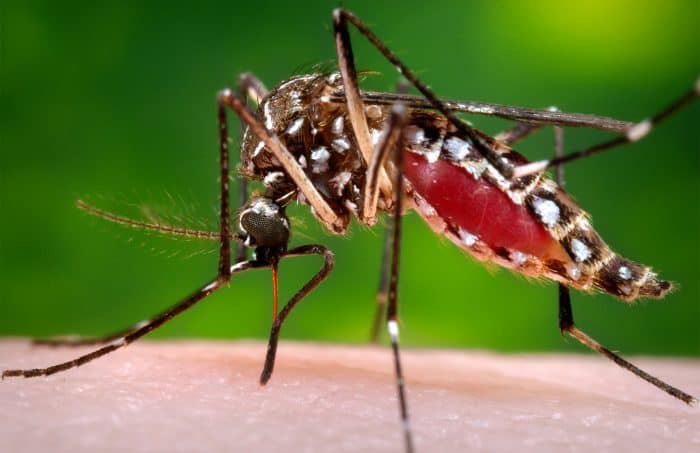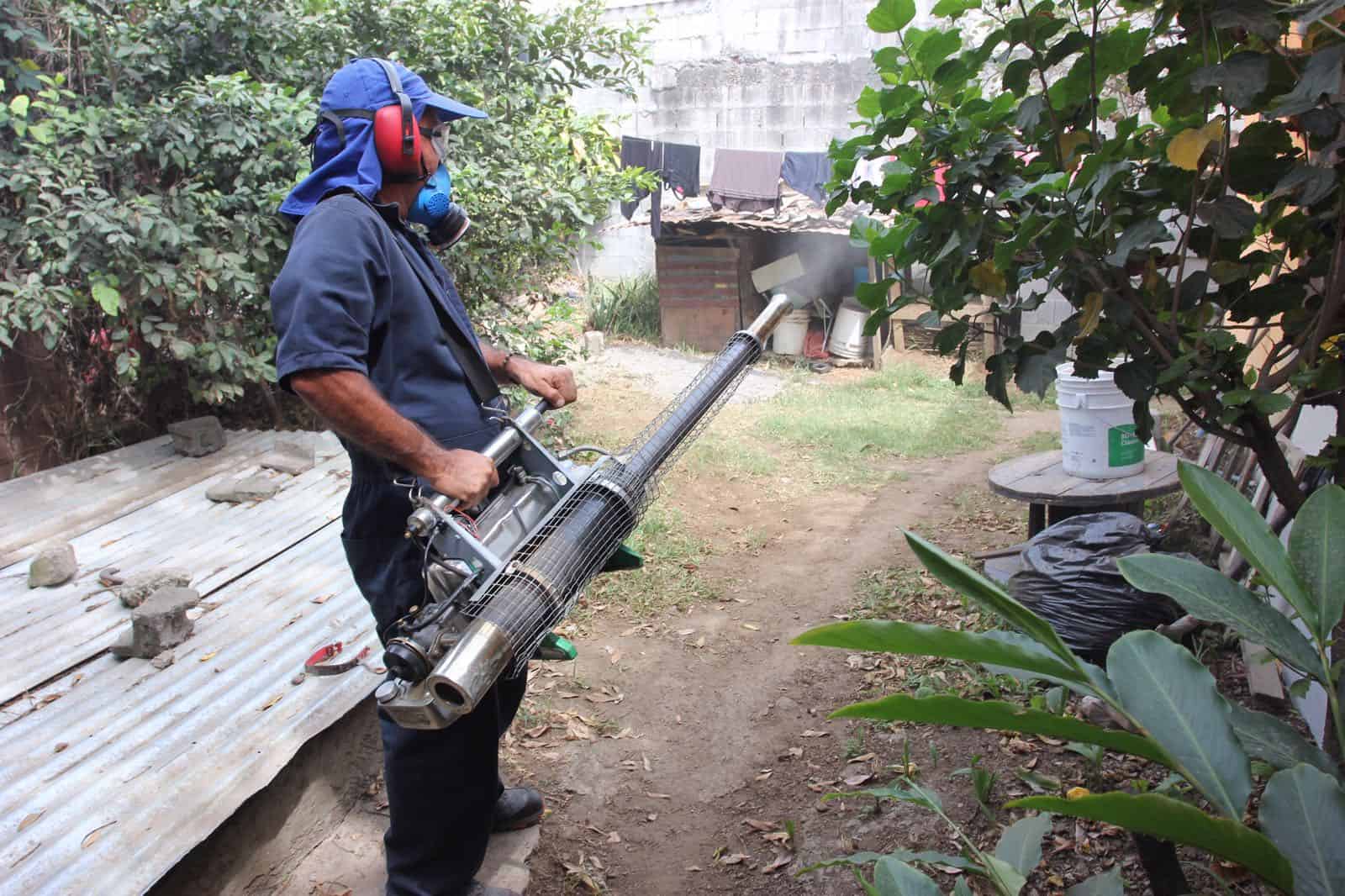Thousands of species of mosquitoes inhabit the planet, but few have proved more resilient — or more deadly to humans — than the Aedes aegypti. It has fueled a long list of epidemics across the globe: Dengue fever. Yellow fever. Chikungunya. And now, Zika.
“It’s one of the most efficient killers in the world,” said Peter Hotez, dean of the National School of Tropical Medicine at Baylor College of Medicine.
The Aedes aegypti caused a punishing outbreak of yellow fever in the 1890s that hastened the French to abandon construction of the Panama Canal. It sickened thousands of soldiers during the Spanish-American War. It was behind deadly yellow fever outbreaks during the 19th century in New Orleans, Hampton Roads in Virginia and Memphis. Even now, it infects an estimated 20 million people around the world with dengue fever each year.
What makes the Aedes aegypti such a formidable foe, and such an efficient vessel for transmitting disease?
Partly biology, and partly an uncanny ability to adapt.
The mosquito, which is found in regions that are home to more than half the Earth’s population, has evolved to thrive in the places where humans congregate — particularly dense, urban environments rife with trash and open containers. It can breed in the smallest spots in and around homes. Its larvae don’t necessarily need water to survive, and eggs can lay dormant for a year or more, only to hatch once submerged in water. Its sticky eggs glue themselves to everything from the inside of old tires to the edges of birdbaths.
“It’s one of those pests, like cockroaches, that has evolved over the last 15,000 years to exploit changes in human behavior and habitation,” said Ronald Rosenberg, acting director for the Division of Vector-Borne Diseases at the Centers for Disease Control and Prevention, at a conference this week. “It thrives around where people live in very close proximity.”
The World Health Organization recently described the Aedes aegypti as “opportunistic,” with an uncanny ability to adapt to changing environments, exploit opportunities offered by increased international travel and rapid urbanization and flourish “with striking efficiency” in impoverished areas.
Females — they are the only ones that bite — typically lay 100 to 200 eggs after each meal and can produce numerous batches of eggs in a lifetime.
“Larvae have been found in a host of artificial containers, like discarded plastic cups and bottle caps, plates under potted plants, birdbaths, vases in cemeteries, and water bowls for pets,” the WHO said. “The mosquitoes can also breed in the microbial stew found in septic tanks, toilet tanks, and shower stalls. Construction sites, used tires, and clogged rain gutters offer additional opportunities to breed in large numbers.”
The aegypti’s genetic makeup and feeding habits make it an ideal vector for spreading diseases such as the Zika virus among humans. Female mosquitoes, which feast on blood to provide protein to their eggs, take a “blood meal” from an already infected person. That blood then makes its way to the aegypti’s mid-gut area. In many mosquito species, the virus would remain stuck in the mid-gut, and the chain of transmission would end.
But the aegypti possesses what entomologists call “vector competence.” In this case, it means that the virus replicates within the mosquito and finds its way back to the salivary glands — a process that can take days. When the mosquito then probes or bites another person, it transmits the virus to the new host.
“It doesn’t take much,” said Rebekah Kading, an entomologist and assistant professor at Colorado State University. “It’s a very biologically competent vector.”
Unfortunately, it’s also a very hungry one.

Aedes aegypti mosquitoes are aggressive daytime biters, especially around dawn and dusk. They can hide under beds, in closets or in other shady places. They also are “sip feeders,” meaning they feed often and on multiple hosts — a practice that makes it possible to quickly spread disease. They also are adept, experts say, at launching “sneak attacks,” in which they approach people from behind and bite them on the ankles and elbows to avoid being detected and slapped.
“It doesn’t have a very powerful bite,” said Joseph Conlon, technical adviser for the American Mosquito Control Association, a scientific nonprofit group based in New Jersey. “It can start feeding on your legs while you’re having your morning coffee, and you might not even know it. It can then quickly fly to someone else and feed on them. It’s very capable of transmitting the virus to many people.”
It wasn’t until the early 1900s that scientists confirmed that scourges such as yellow fever were being spread largely by the mosquitoes. In the decades since, humans have declared war more than once on the Aedes aegypti, with some success. In the late 1940s and 1950s, for example, one campaign led the eradication of the Aedes aegypti in at least 18 Latin American countries and some Caribbean islands.
But the effort eventually faltered, as surveillance declined and political will waned. Mosquitoes developed resistance to insecticides and urbanization outpaced eradication efforts. The Aedes aegypti roared back, and so did diseases such as dengue fever.
“We’ve been fighting this mosquito for a century or more,” Kading said. “It’s a tough mosquito.”
Aedes aegypti is one of many mosquitoes that torment humans. Certain species of the Anopheles mosquito can transmit malaria, which causes hundreds of thousands of deaths around the world each year. Mosquitoes of the Culex species are considered the primary vector for West Nile virus, which causes a potentially fatal neurological disease found in parts of Africa, Europe, the Middle East, North America and Asia. Other mosquito species carry an array of pathogens that are responsible for everything from encephalitis to Rift Valley fever.
But as the Zika virus continues its rapid spread through the Americas, and as researchers become increasingly convinced of its links to brain defects in infants and a rare syndrome that can lead to paralysis in adults, health authorities are asking a question their predecessors have asked for generations: How can we combat the Aedes aegypti?
The answer: It’s possible. But it’s neither cheap nor easy.
“There’s a tremendous amount of human history that’s been influenced by this mosquito,” Conlon said. “It is one of the least of God’s creatures, but it can wreak such havoc on humans. And it has.”
© 2016, The Washington Post







